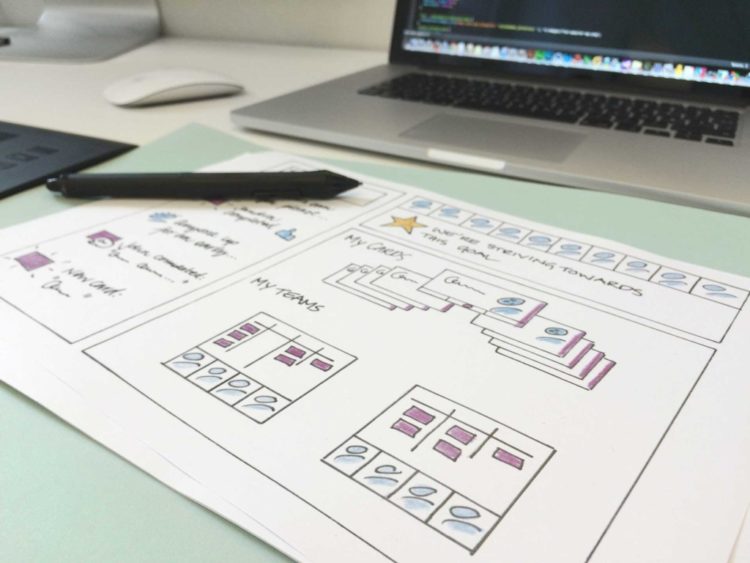
Project management tools are supposed to drive productivity, but we know from experience that this does not always happen by default.
Armed with technology and communications that make them accessible 24/7, teams across the enterprise are working differently than they did even just a few years ago. People work from home, on the road or at their clients’ sites, and sometimes even from the poolside.
The type of work they do is also changing – from an increased pace to higher levels of collaboration. As a result, the traditional project management tools people use can sometimes be too sophisticated. On the other hand, collaboration tools on their own can quickly become virtual water coolers because they may distract teams from the task at hand.
In a marketplace that demands a fantastic customer experience and immediate response in the delivery of products and services, today’s project managers need tools and methods that enable greater transparency into work and customer experiences.
Forrester Research analyst, Margo Visitacion explores the topic in the August 2015 report, “Vendor Landscape: Collaborative Work Management for the Enterprise”:
“Organizations are waking up to the realization that their employees want engaging, easy-to-use solutions that let them keep track of what they’re working on, collaborate with team members, and provide transparency to leadership about their performance — all without too much administrative rigor.”
Here are some of the key takeaways from the report:
- Why today’s employees need better ways to work: In order to interact with customers, co-workers, and partners, today’s teams use an average of a dozen tools to access data distributed across the enterprise. Communications leveraging that data routinely occur outside of the context of the tools used to deliver products and services.
- How collaborative work management (CWM) tools support the way people work, making them more effective: Changing demographics, cross-organizational initiatives, and agile approaches are changing the way teams do their jobs, so that information and communication must be instantly available and contextually rich.
- Why application addiction drives grass-roots adoption: Teams adopt CWM tools because, unlike formal project management tools, they allow users to tailor the work experience and reduce the number of times they have to jump to another application to complete a task. As a result, CWM solutions tend to enter the organization and grow virally.
Don’t miss out for a chance to learn more about the changing needs and trends of today’s information workers. Discover how collaborative project and work management solutions enable project managers and enterprise architecture leaders to help teams work together effectively.




